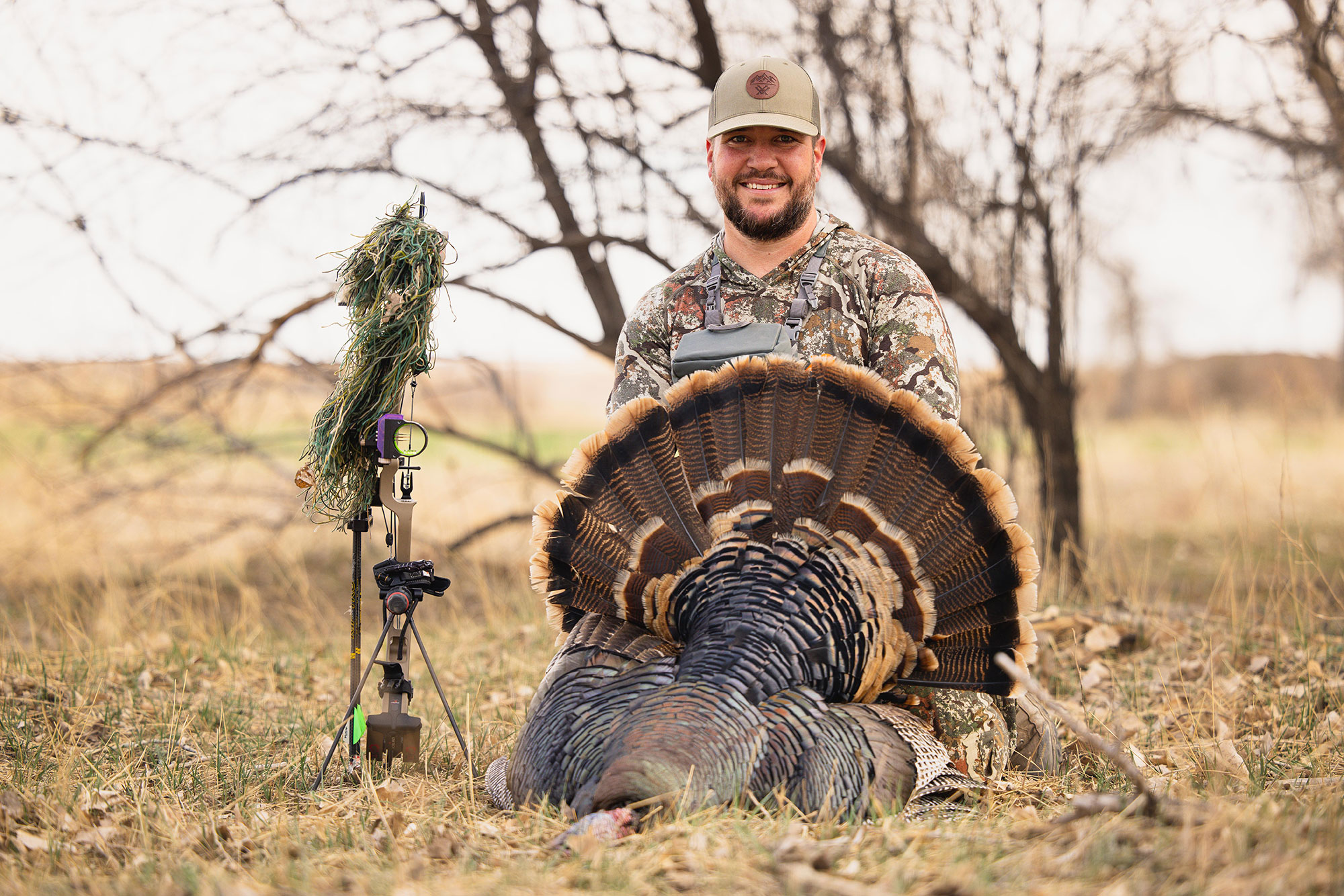If you follow turkey hunting and the state of turkey populations in North America, you’re probably familiar with what is now being called the “Southeastern Turkey Decline.” For years now, states throughout this region—arguably the turkey hunting epicenter of America—have been struggling to restore turkey numbers to their former glory. Some wildlife scientists believe that the now-infamous decline is being spurred on by seasons that start too early in the Spring, when Toms are still breeding hens that haven’t begun to incubate their eggs. According to a biologist at the South Carolina Department of Natural Resources (SCDNR), the Palmetto State is hoping to address this glaring problem by pushing the start date for the state’s turkey season back by several days.
“We’ve got data from South Carolina and other Southeastern states that shows that the hens are not starting to nest until around April 10,” Charles Ruth, SCDNR’s Big Game Program Coordinator, tells Field & Stream. “Yet several Southeastern states open their season ten days, three weeks, or even four weeks prior to that nest initiation.”
Ruth and his colleagues at the SCNR want to better align hunter harvest dates with that “nest initiation” period. That’ll mean pushing the state’s spring season (currently underway statewide) back to April 10.
South Carolina has four game zones. As the regs are currently written, turkey seasons on private lands in zones 1 and 2 (the Piedmont and Upstate) begin on April 1, while private lands in the more southerly zones 3 and 4 come in on March 22. All state-owned lands have seasons beginning on April 1.
Ruth says this isn’t the first time SCDNR has asked the South Carolina State Legislature to push the season back in all game zones statewide. “We made a similar recommendation in 2019. It was not fully taken, so we’re back at it again,” he says. “But our hunters are seeing the declines now, and as an agency we’ve been seeing it for well over 10 years.”
While the majority of surveyed hunters in South Carolina support the proposed changes, some worry that later season dates would lead to decreased success in the field. “One of the big concerns with some hunters is that the birds would be gobbled out by April 10, and that’s simply not the case,” Ruth says. “Hunting pressure immediately changes the dynamics of gobbling and causes birds to go quiet. In fact, we never experience the true peak in gobbling because we’re killing them prior that peak-gobbling period.”
According to Ruth, South Carolina’s current early start dates have led to “excessive removal of gobblers prior to nest initiation.” He points to scientific data that shows that 60 percent of the annual tom turkey harvest in the state occurs before April 10. Taking those toms out of the population before they have a chance to breed, before hens even have a chance to strike a nest, means less turkeys on the landscape the following season, he says. “It’s pretty obvious what seems to be going on,” he added, “and it’s not exclusive to South Carolina.”
An Outlier to the North
Ruth is right. South Carolina isn’t the only southern state with what might well be a too-early Spring opener. Parts of Florida, for example, open as early as March 2, while Mississippi opens its season on March 15. Alabama and Louisiana have spring seasons that begin on April 1 and April 6 respectively.
As an example of how a later start to the spring turkey season can positively impact nesting productivity, Ruth points to South Carolina’s neighbor to the north. “North Carolina has been more or less immune to these declines,” he says. “In fact, they set yet another harvest record last season.”
North Carolina’s spring opener comes in onApril 16. According to the North Carolina Wildlife Resources Commission, there were as many as 270,000 wild turkeys roaming the Old North State when they were last estimated in 2020. South Carolina, by comparison, has about 100,000 birds.
Those populations could rebound relatively quickly, Ruth says, if the SCDNR’s current recommendations are implemented. In addition to pushing the opener back to April 10, the state wildlife agency wants to reduce the current bag limit from three toms to two. That bag limit has already been pushed back over the years. In fact, Booth points out, South Carolina hunters were allowed to take up to five toms prior to 2016.
SCDNR’s recommendations have been approved in the South Carolina House of Representatives, Ruth says, and they’re now being considered by a Senate subcommittee. The rules could be amended in the Senate, and he doesn’t expect to see another vote on the matter until mid- to late May. Any changes that are approved won’t go into effect until 2025.
Read Next: Turkey Hunting in the Wind: How to Get Your Gobbler in a Gale
“If we can get productivity back up and get more birds on the landscape, then at some point in time, we may be able to back off and provide more days and maybe even provide an additional bird,” he says. “But if hunting is a player, if the removal of adult males is a player in this loss of productivity—which seems likely—we’re simply opening the season too early.”
Read the full article here




